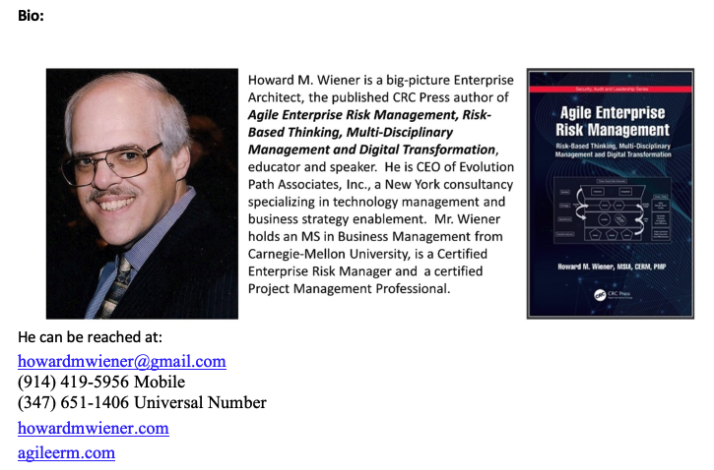 Some time ago, I wrote Agility and the Third Derivative, an article about the need to accelerate our ability to transform ourselves to meet the challenges of a VUCA world that is, itself, changing faster and faster.
Some time ago, I wrote Agility and the Third Derivative, an article about the need to accelerate our ability to transform ourselves to meet the challenges of a VUCA world that is, itself, changing faster and faster.
- Two different scenarios:
- The world changes and we accommodate it with our existing org structure and processes: we do business as usual,
- The world changes and we realize that our existing structure and processes won’t cut it; we endeavor to transform to meet new challenges.
- How long does the transformation take?
- Obviously dependent on a bunch of factors:
- The markets we operate in,
- Our organization’s size, complexity, geographic dispersion, etc.,
- Our capabilities and level of expertise in executing transformations,
- Our ability to see around corners, formulate a good to-be state and a workable transformation plan and execute on our plan.
- Do we have the ability to transform at a rate that will allow us to maintain a competitive posture with respect to our evolving marketplace?
- Maybe we’ll be OK as long as we do better than our existing competitors.
- But, what if someone comes out of left field?
- How should we understand this challenge?
- Need to understand the incoming rate of new stimuli and the cycle time to respond. If these are out of whack, then we need to lower the response time. Obviously, we can’s arbitrarily lower the stimulus rate.
- Perhaps we should also create an adjustable triage function through which we can determine which stimuli to respond to and how to prioritize where we expend effort. Think of an Emergency Department swamped with critical patients following some apocalyptic event.
- What should we measure?
- Cycle time from recognition to ideation to realization. OODA (observe, orient, decide, act) is a good model. There are elements of our processes that are dedicated to or that contribute to each phase of the decision-making process.
- What elements of our organization play roles in determining our performance in this right now?
- Should we make changes (transform) to improve at this?
- What should we change?
- Some thoughts
- Chances are, it either is or will become impossible for most companies to transform themselves to maintain an optimal stance at a rate that keeps up with the world.
- An OKR approach is critical. If your strategy and target outcomes (a la Jeff Gothelf) are well-articulated and you have adopted a product-driven approach (a la Marty Cagin and others) you will have a good framework to work from.
- You will need product teams and internal shared service teams, e.g., infrastructure. You will have to figure out how to integrate them to maximize effectiveness and minimize latency.
- You should work to maximize cohesion and minimize coupling. Your groups should be able to operate as independently as possible.
- Your top-down management approaches will have to change to accommodate the product-driven approach. Distributing investment decision-making authority will be critical.
- You will need to define, articulate and install new performance measurement approaches.
- Ultimately, you will need to allow your people to re-craft operational processes as they go because there is no way that you can redefine and re-implement your organization structures at the rate that the evolving world requires.
- Obviously dependent on a bunch of factors:
